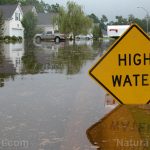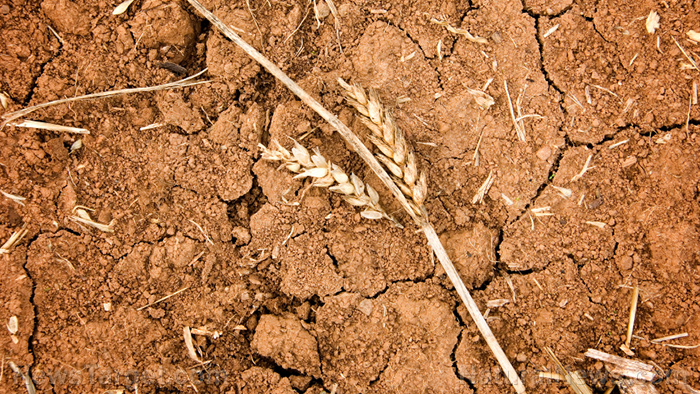
How to prepare for a drought
Wednesday, May 02, 2018 by Zoey Sky
http://www.waterwars.news/2018-05-02-how-to-prepare-for-a-drought.html

Living in the U.S. means learning how to deal with reduced rainfall, which is the main cause of droughts. Almost every part of the country will go through periods of reduced rainfall, as per Ready.Gov.
A drought refers to a period of irregular dry weather that often lasts long enough to disrupt the normal flow of daily life. For example, when there’s a drought crops may perish and your water supply can run out. In most cases, droughts are grave events that often devastate large communities. Take note that the severity of the drought is measured by the duration, the size of the area it affects, and the temperature. (h/t PreppersWill.com)
There are four kinds of drought:
- Agricultural drought — This often occurs when the moisture in the soil is inadequate, which can lead to issues with crop growth and production. Agricultural drought is mostly linked to short-term drought situations.
- Hydrological drought — This occurs when the water supply becomes dangerously low. Water levels are gauged through groundwater levels, reservoirs, and streams.
- Meteorological drought — When dry weather dominates a specific area, it causes a meteorological drought.
- Socioeconomic drought — Probably the most worrying kind of drought, a socioeconomic drought occurs when water levels are too low for both environmental and human needs.
Dealing with drought
Consider implementing a rain catching system to gather water. Do take note that unless you filter the water, rain water isn’t clean enough to drink. However, you can use it for various household tasks. (Related: Long-term water storage: Tips for stockpiling water in 55-gallon drums in your garage.)
Rain water can be used to water the grass on your lawn or to clean your house. Always check the weather when storing your rain barrel to avoid getting cracks that might contaminate the water that you’ve gathered.
According to experts from the University of Nevada, Reno, even community members can help prevent agricultural and hydrological drought by simply making small changes like adapting smart irrigation techniques. Both business and homeowners can start using irrigation controllers that bear water conservation logos. These controllers are manufactured by a company that has partnered with the Environmental Protection Agency (EPA) to help minimize the amount of water used for landscaping. Thanks to these systems, the weather and landscape conditions are carefully monitored to regulate water usage for yards and crops and how long the system will be implemented.
By making an effort to conserve water, you can help your family and community prepare for droughts. Don’t wait until it’s too late before you start to act.
How to conserve water
Even if there’s no drought, preppers know that it’s important to conserve water so you’re always ready for sudden environmental changes. Preppers are also aware that water conservation offers benefits such as lower utility bills.
Take small steps to conserve water today, and you’ll see that these changes can help you save at least hundreds of gallons of water annually.
You can teach your household to conserve water through the following ways:
- Defrost meat in the refrigerator instead of in running water.
- Insulate all pipes are properly so you don’t waste water while waiting for your heater.
- Keep bottles or pitchers full of water in the fridge so you don’t have to keep turning on the faucet and waiting for the water to turn cold.
- Limit your shower time.
- Regularly look for and repair any leaks in your plumbing.
- Turn off the faucet when washing your hands.
- Use a glass when brushing your teeth.
- Water your lawn at night so the water doesn’t evaporate.
You can read more articles about how you can stay safe when SHTF at Preparedness.news.
Sources include:
Tagged Under: Tags: agricultural drought, bug out, Collapse, disaster, Drought, Homestead, homesteading, hydrological drought, meteorological drought, natural disaster, off grid, preparedness, preparedness and survival, prepper, prepping, rain catchment system, SHTF, socioeconomic drought, survival, survival skills, water, water conservation, water shortage, water supply





